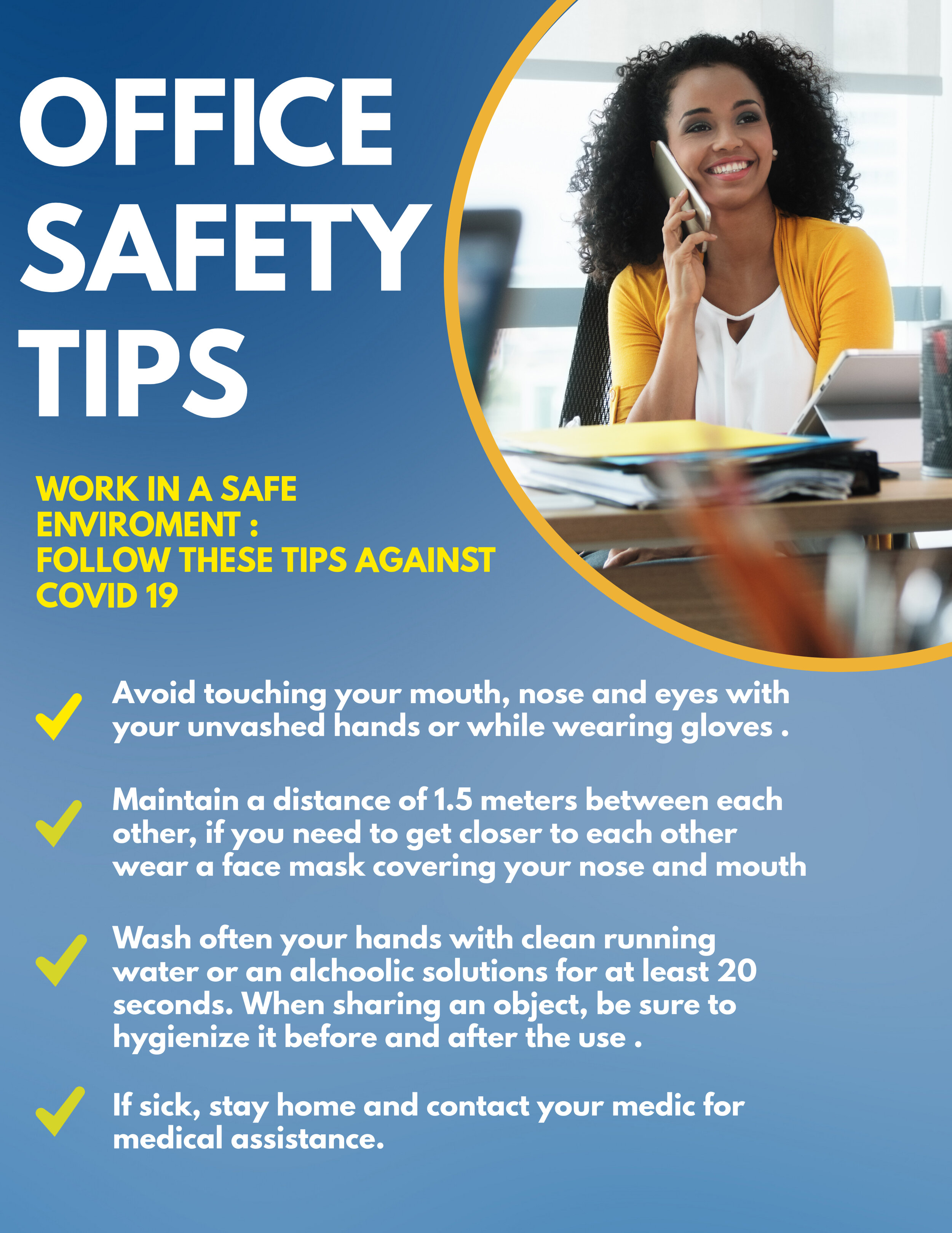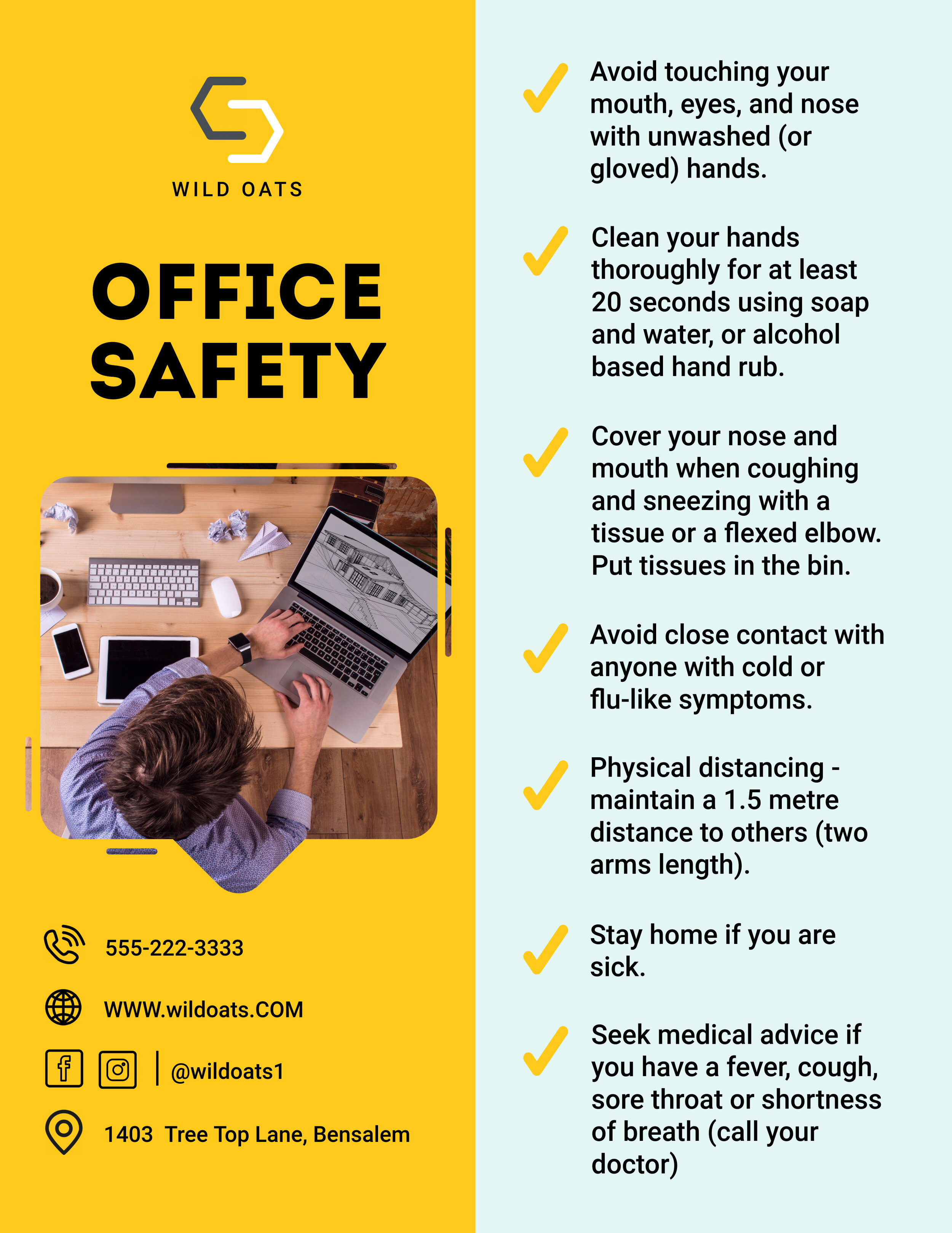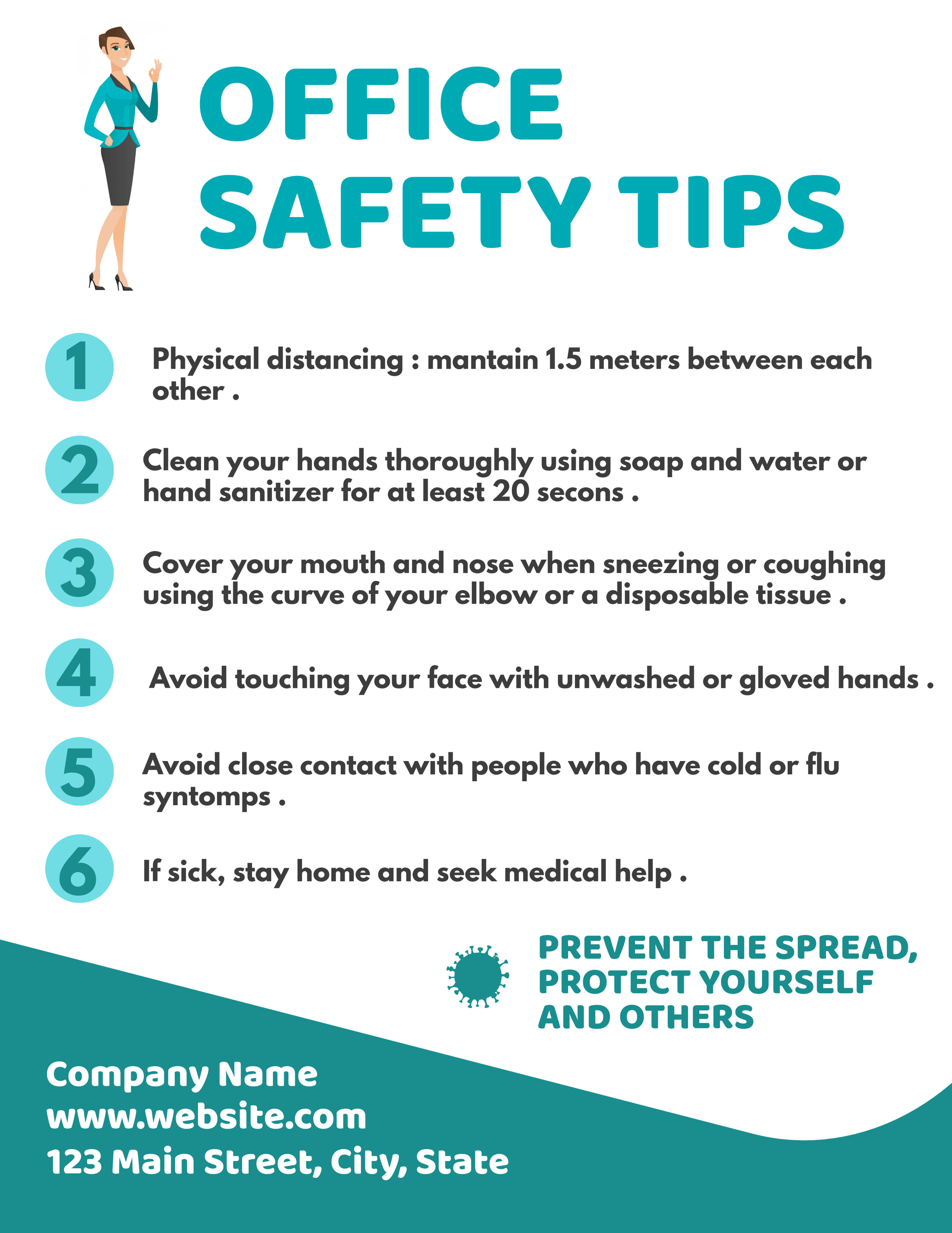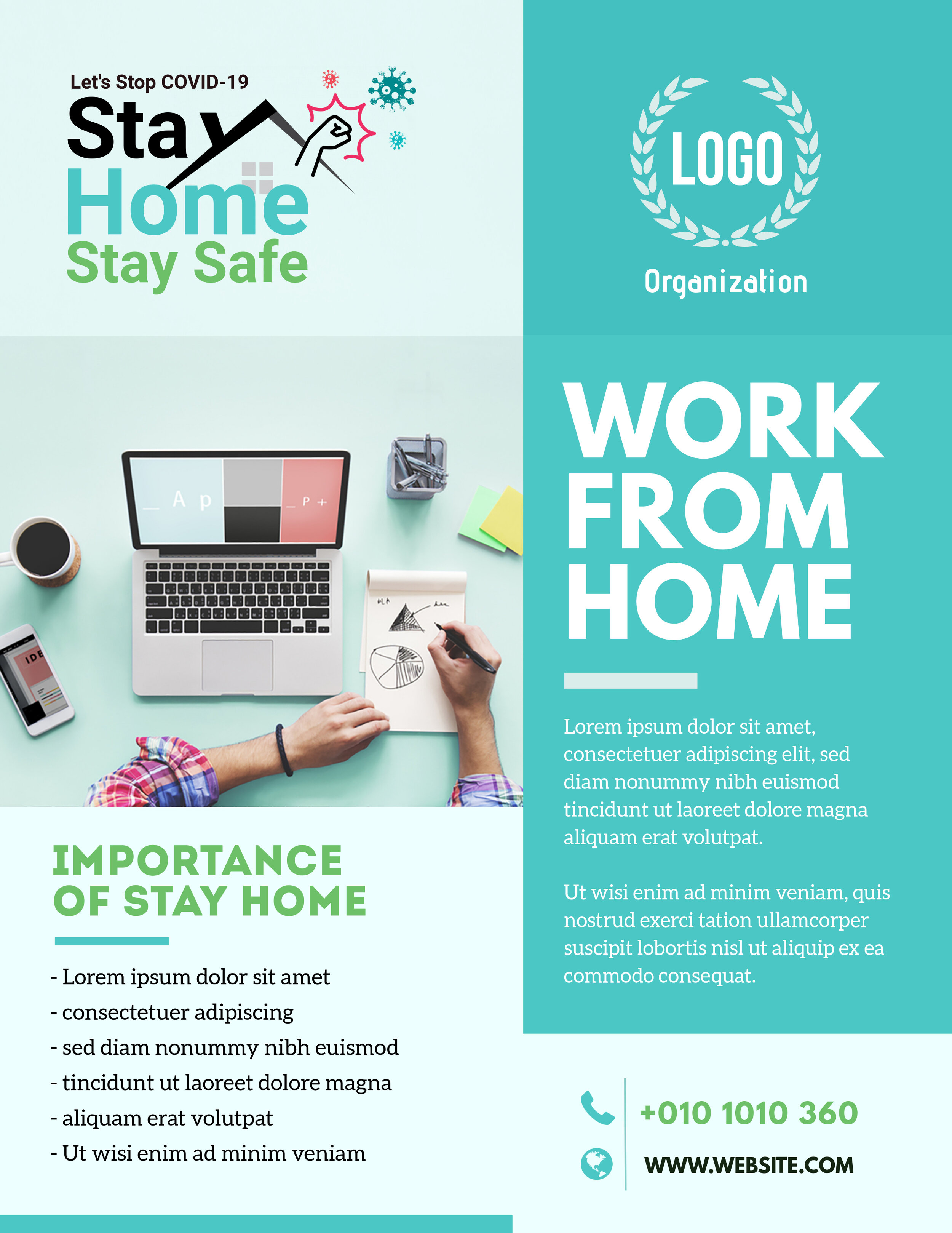Reopening The Office Amid COVID-19: Ensuring A Safer Workplace
Offices that are gearing up to open this year are likely to go through extensive changes to prevent the spread of COVID-19. They’ll have to abide by the new guidelines released by the CDC (Centers for Disease Control and Prevention) to ensure the safety and wellbeing of their workers.
The good news is that you aren’t alone in the struggle to revive your business – many other companies have already announced their plans for a gradual reopening of their office. For example, Google announced that they’ll open offices from the 6th of July but on a limited basis, sticking to only 10% occupancy rates for now.
As your employees prepare to come back to their jobs, one thing’s for sure, business-as-usual is about to take on a whole new meaning. Now more than ever, it is vital that you revise old strategies and implement new safety precautions before employees return to the office.
Here’s a quick guide on office safety protocol and health guidelines to help your teams reenter the workplace in the safest way possible.
Create Workplace SOPs And Review Company Policy
Turn to your local occupational health service, as well as your health and safety advisors for advice on SOPs (Standard Operating Procedures) to follow within the workplace.
You will already have government-mandated SOPs to comply with – leverage these strengthen your hygiene measures and workplace conduct. Ideally, you should have dedicated staff members to ensure that safety precautions and sanitation recommendations are being followed in the workplace.
Consequently, preparing social distancing measures will also require you to adjust co-working spaces and seating arrangements.
According to the CDC, approximately 25% of infected people may show no symptoms at all. Some studies reveal that these statistics could even be closer to 50% or 75%. This makes it essential to move workstations, so employees are at least 6 feet apart at all times. Also, place markings on the floor to help them maintain social distancing when standing and queuing up and install transparent shields where social distancing isn’t a viable option.
You may also want to review company policy to provide conveyance for staff that relies on public transport to make it to work. Likewise, revise the policy to allow employees to work in shifts so that work teams have fewer encounters with each other.
And finally, make sure you have relevant experts on board to help make this transition easier for everyone.
Create Policies To Deal With Possibly-Infected Personnel
Google is doing it right by reopening offices in a limited capacity – only 10% of the staff will be asked to come to work from July, and they may increase the number to 50% by September if everything goes well.
This can be a viable strategy for your business as well, so look into reopening in a limited capacity to reduce the possibility of the spread of infection. Make sure to test everyone before they are allowed to rejoin work, and encourage vulnerable employees (those over 50 or immunocompromised) to work from home as much as possible.
Make sure that employees stay at home if they:
are experiencing COVID-19 symptoms
have family or know people who have tested positive for COVID-19
believe they may have been exposed to the virus
reside in areas known to be COVID-19 hotspots
If employees who are already at work start displaying symptoms, sending them home won’t be enough to contain the spread. Instead, encourage them to come forward and identify coworkers they’ve been in close contact with over the past two weeks. Next, make sure they know to take the following steps:
Stop work immediately
Inform their supervisor or manager
Isolate themselves in an area with no other employees
If they can get home safely, they should do so
If not, they should proceed to consult your health and safety advisor for further guidance
Inform other employees about the possible exposure and ask them to follow instructions provided by local healthcare authorities
Once they feel it’s safe enough to return to work, they should proceed to get confirmation from a medical professional
Maintain A Sterile Environment
Your office SOPs should make it mandatory for everyone to wear masks on office premises at all times and place sanitizers on all entry and exit points for employees.
It is also essential to maintain a routine for frequent hand washing and encourage it as a new part of your work culture while also making sure that everyone knows proper respiratory etiquettes, including covering coughs and sneezes.
Be transparent on how you plan to have office premises cleaned and disinfected – this can help to ease employees’ concerns.
As an extra precaution, restrict employees from moving between different departments: should someone test positive, you can easily disinfect the department floor, so business continues as usual across the rest of the office premises. Also, restrict movement inside and outside the office to work hours only so you can avoid recontamination of the premises.
Office perks, including water coolers, snack rooms, and never-ending coffee pots, should be replaced with pre-packaged items made available to the employees on their desks.
Cleaning staff should refer to OSHA standards to guide them on how to disinfect and dispose of infected materials. HR teams should take the initiative to educate cleaning staff on CDC recommended procedures, as well as EPA-registered disinfectants for cleaning surfaces and objects in the office.
That said, you shouldn’t solely rely on in-house cleaners to disinfect floors, especially if infected staff have recently left the premises. In such cases, it might be a job too big for them to handle, so it would be wise to hire professional cleaning services who will do a thorough sweep of the floors.
Here are a few key points from the CDC guideline that should point you in the right direction:
Stock up on disposable gloves and masks for your staff to use while cleaning and disinfecting.
Make sure they use soap or detergent to remove particles carrying COVID-19 – this also helps reduce the viral load before disinfection begins.
Disinfecting wipes should be used to clean one object at a time. Also, ensure that surfaces stay wet for at least four minutes.
Never mix cleaning products.
Some high-touch surfaces like tables, light switches, doorknobs, phone receivers, toilets, and sinks, as well as any shared electronic equipment, must be wiped clean several times a day.
Provide your employees and your cleaning staff with PPE (Personal Protective Equipment) and full-face respirator masks. These products may be tough to find on the general market, and also works as a gesture of goodwill, letting your employees know you care.
Promote Your Office SOPs
Share your office SOPs with employees and stakeholders and ensure that they follow the procedures – mitigating any ambiguity along the way. Reiterate the importance of these rules during your meetings with employees, and communicate them to clients and customers as well.
Are you looking for ways that make it easier to communicate these practices and make it enjoyable for employees to learn about them?
Use our office safety templates to get the word out!
Customize the posters with your brand theme, and have your policy posters printed out and put up across the office to keep everyone mindful of safety. It’s a good idea also to publish your posters on your office intranet and share them via email.
For employees working from home, you can use our easily customizable work checklist templates to keep them focused and on track.
Mental Health Considerations
It is also important to reassure and support employees to the best of your abilities – they may be going through emotions and personal challenges during this difficult time.
Create space for two-way communication so that employees can reach out with their needs and concerns. They might need time to look after a sick relative or have a partner that recently lost their job due to businesses closing down.
Employees who are working from home will also face issues juggling personal commitments with work responsibilities, so they might end up overworking themselves to cope with the loneliness of being confined at home. According to Buffer’s State of Remote Work 2020 report, loneliness is the second biggest struggle for remote employees – they will need you to be understanding of these circumstances.
Wherever possible, make accommodations for the specific needs of your staff; a little help can go a long way in ensuring more fulfilled workers.
Don’t forget to recharge your employees by letting them indulge in social interactions – go beyond just business talk. Employees can’t organize work lunches right now, but that shouldn’t stop you from encouraging virtual get-togethers.
Take, for example, Chris Russell, managing director of RecTech Media and what he did for his staff. Due to his inability to meet peers in person, Russell decided to host virtual happy hours on Friday afternoons to make up for it. So far, he’s hosted three of them, and they seem to be a success – lasting as long as four hours!
In Conclusion
COVID-19 has brought with it new challenges that organizations have never had to worry about before. Be mindful of the fact that any adjustments you make today may need to be reevaluated and updated tomorrow.
Proactively reevaluate your office SOPs and safety protocols, and adjust them to provide your employees with relevant measures to protect themselves.
The crisis has hit our businesses hard, and the consequences might last way longer than we imagined, but with a little consideration for those around us, we can brave this storm together.












